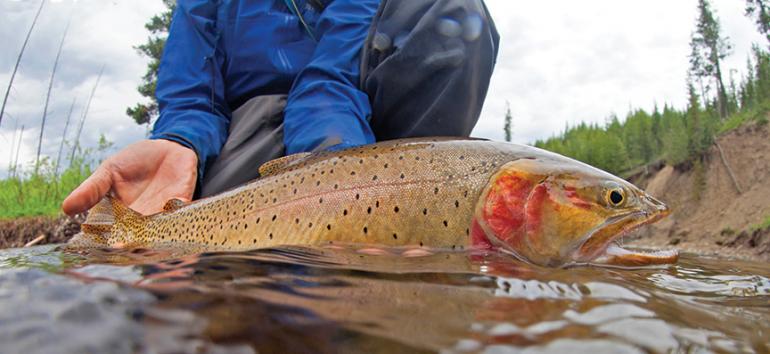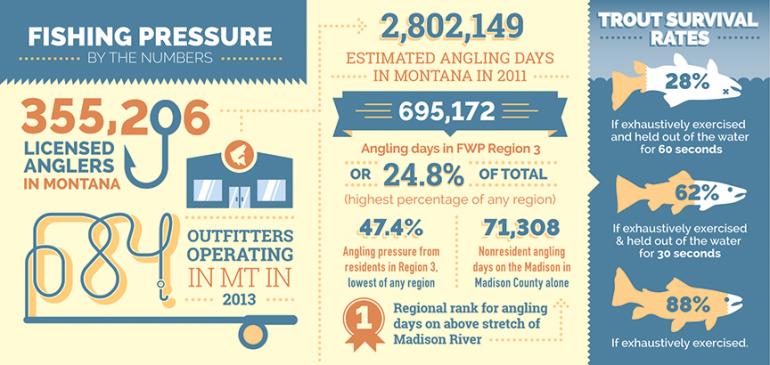Release 'Em Right
Or you won't catch them again.
Game fish are too valuable to be caught only once. —Lee Wulff, father of catch-and-release fishing
It’s a noble ethic: showing respect for a fish instead of needlessly ending its life. Philosophical objections notwithstanding—one friend of mine calls the practice “nothing short of piscine harassment”—catch-and-release fishing is here to stay; and on a pragmatic level, it does help preserve our abundant fisheries. The problem is this: like many things in modern life, there’s a gulf between the idea and the execution, a foggy chasm separating action from consequence. In this case, it’s a temporal divide: release your catch the wrong way, and that beautiful trout that darted away, seemingly in perfect health, will be belly-up by the end of the day.
The Rules
- Use barbless hooks: they facilitate quick hook-removal and reduce damage to the fish’s mouth.
- Play fish quickly: land your fish as quickly as possible and don’t play it to exhaustion, particularly trout in warmer water.
- Use a landing net: it reduces the time required to land a fish and keeps it from thrashing about; try to use one made of a soft, smooth material.
- Keep it wet: preferably within a live-well created by your soft-plastic net; a wet fish is a happier fish.
- Wet your hands: see above.
- Hold fish properly: turn them upside down while removing the hook; this pacifies the fish and reduces handling time.
- Removing a hook: do it quickly, using forceps or needle-nose pliers for small or deeply-embedded hooks.
- Cut the line: when you can’t remove a hook quickly or cleanly, cut the line, as close to the knot as possible.
- Don’t touch the gills: gill filaments are very sensitive and easily injured.
- Releasing the fish: hold it upright underwater and allow it to swim away under its own power; if necessary, hold the fish out of the current until it revives.
- Bleeding fish: will likely die; if regulations allow, put them in your creel and enjoy a nice organic, free-range supper.
Insufficient Evidence
Although the Montana Board of Outfitters requires fishing guides to possess “knowledge of hunting and fishing techniques to provide the particular services contracted to the client by the endorsing outfitter,” there is no evaluation, certification, or other requirement to understand or adhere to an established standard of proper catch-and-release fishing techniques. Nor is there any official literature available on the subject from the Montana Board of Outfitters or Montana Fish, Wildlife & Parks.














